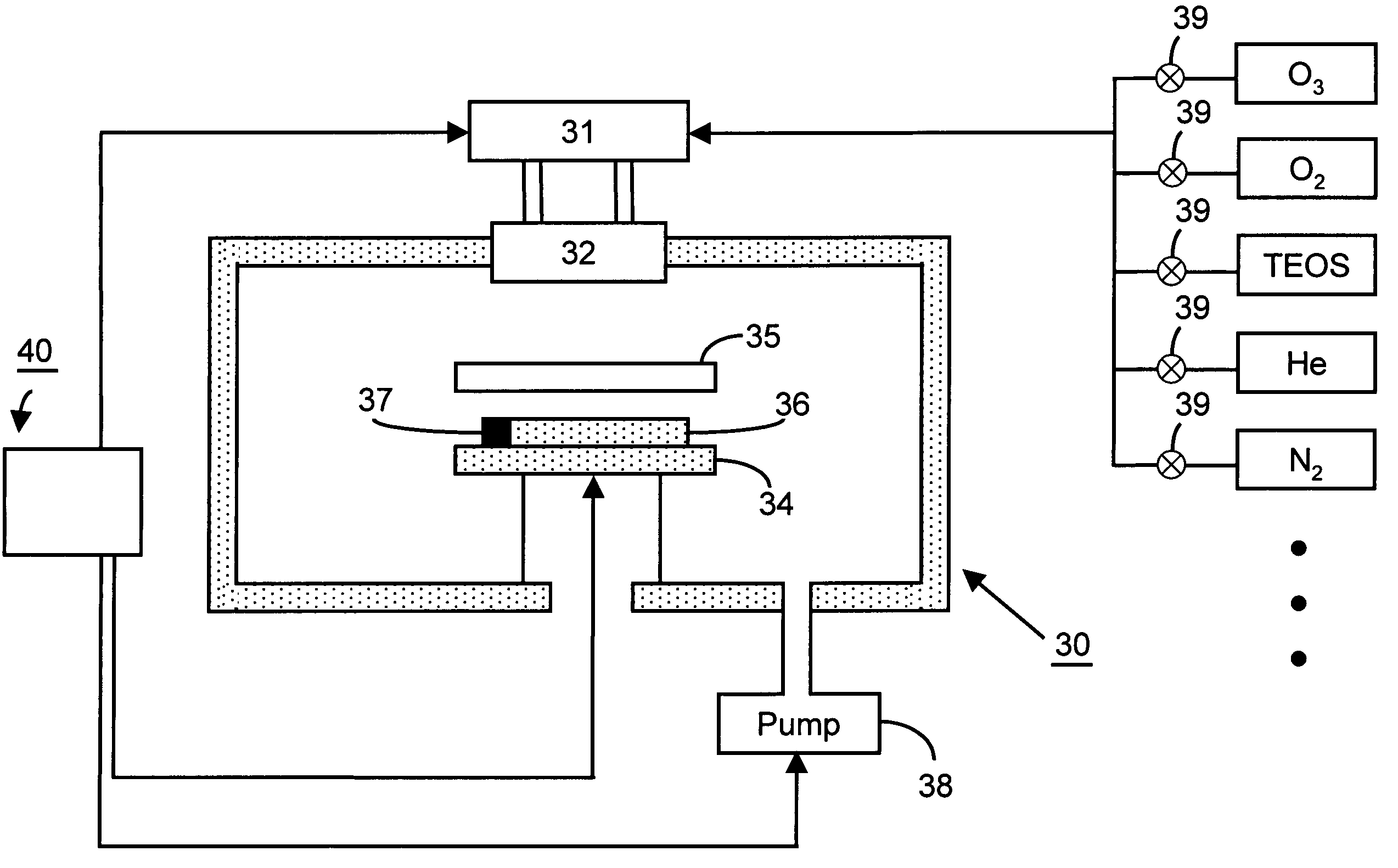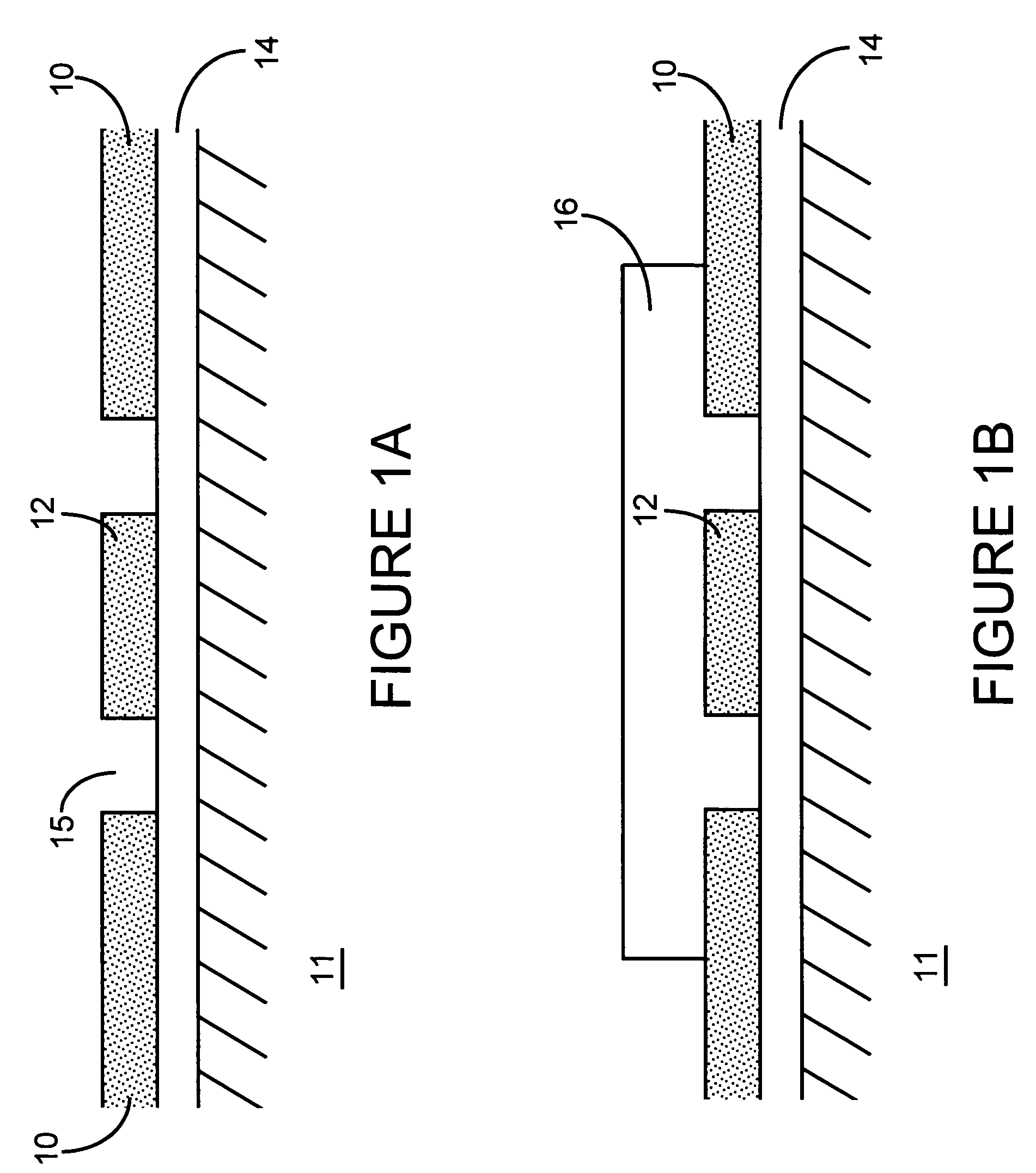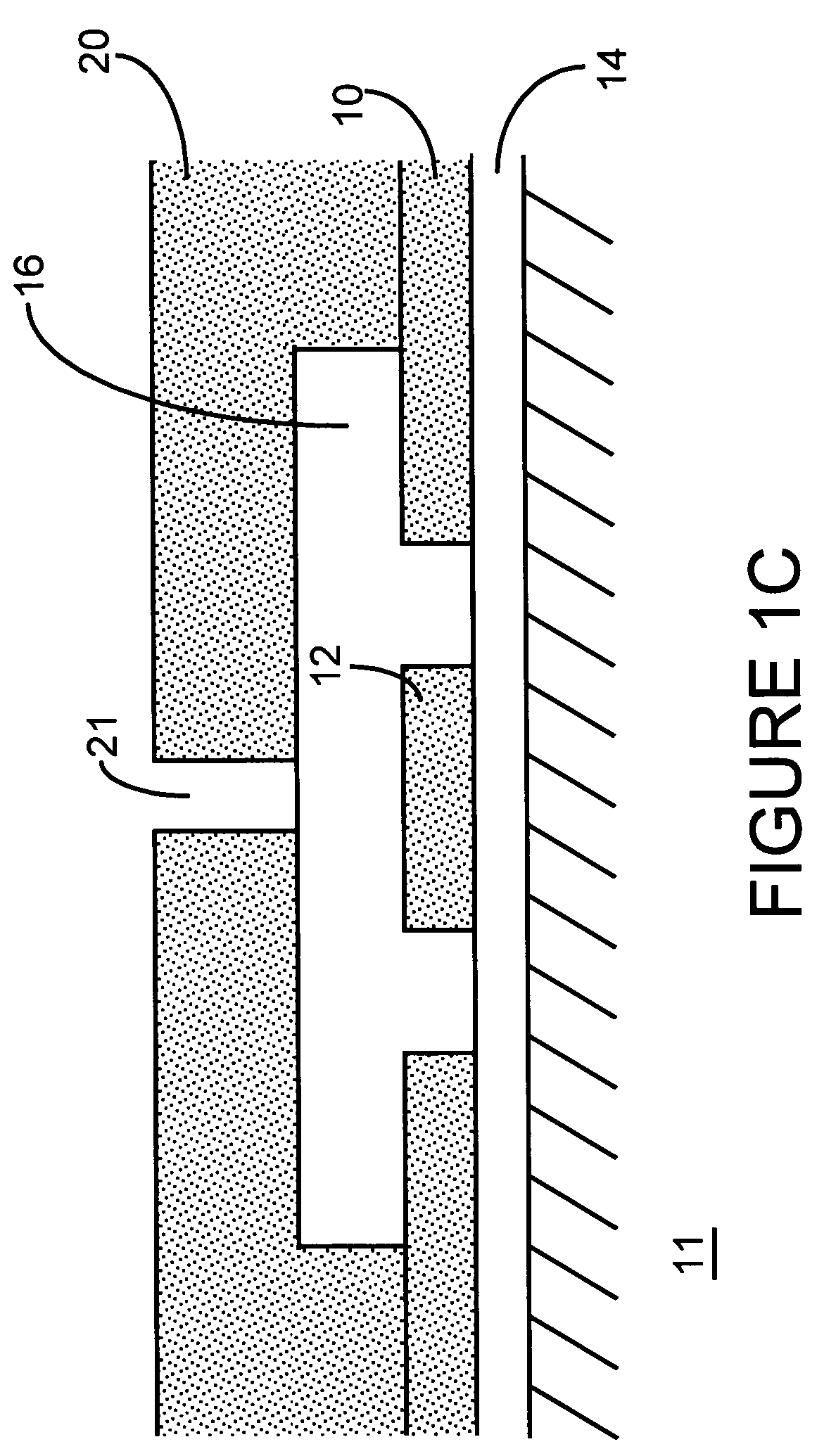Crack and residue free conformal deposited silicon oxide with predictable and uniform etching characteristics
a conformal deposited silicon oxide and conformal etching technology, applied in the field of forming and/or etching silicon oxide during, can solve the problems of difficulty in cost effective integration of mems, additional processing required to integrate high-performance integrated circuitry, and affecting the etching effect of silicon oxide, etc., to achieve poor coverage of the underlying surface(s)
- Summary
- Abstract
- Description
- Claims
- Application Information
AI Technical Summary
Benefits of technology
Problems solved by technology
Method used
Image
Examples
Embodiment Construction
[0034] The present invention, in its multiple related aspects, is described below using a number of examples. For clarity, these examples are drawn to some specific teaching embodiments.
[0035] In a first aspect, the present invention recognizes a unique combination of benefits afforded by the iterative annealing of an oxide layer under prescribed conditions. The term “layer” is used as a practical description for any spatially and / or temporally specific oxide formation. It should not be read as being limited to only long horizontally disposed structures, although such structures are most commonly formed by conventional deposition techniques. Any area portion, segment, spot, strata, etc., may be considered a “layer” for purposes of this description.
[0036] By “iterative”, i.e., one or more times following oxide layer formation, annealing an oxide layer according to the dictates of the present invention, the stress of the oxide is well-controlled and contaminates and inclusions withi...
PUM
| Property | Measurement | Unit |
|---|---|---|
| temperature | aaaaa | aaaaa |
| temperature | aaaaa | aaaaa |
| thickness | aaaaa | aaaaa |
Abstract
Description
Claims
Application Information
 Login to View More
Login to View More - R&D
- Intellectual Property
- Life Sciences
- Materials
- Tech Scout
- Unparalleled Data Quality
- Higher Quality Content
- 60% Fewer Hallucinations
Browse by: Latest US Patents, China's latest patents, Technical Efficacy Thesaurus, Application Domain, Technology Topic, Popular Technical Reports.
© 2025 PatSnap. All rights reserved.Legal|Privacy policy|Modern Slavery Act Transparency Statement|Sitemap|About US| Contact US: help@patsnap.com



